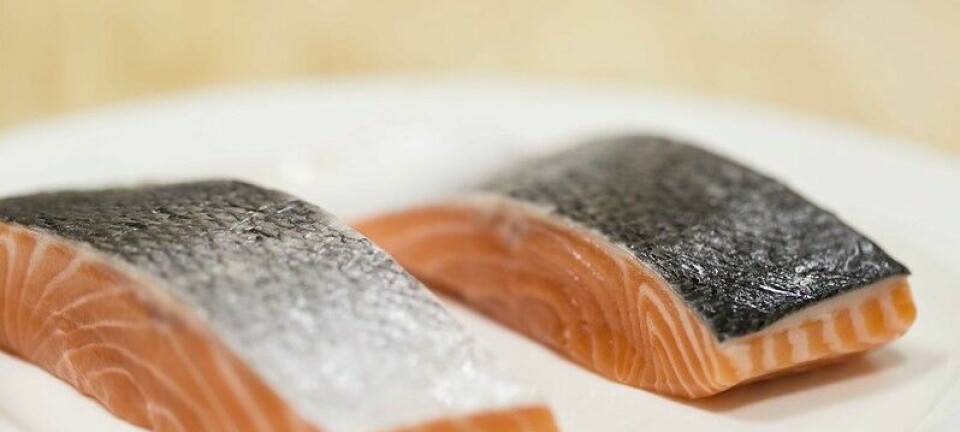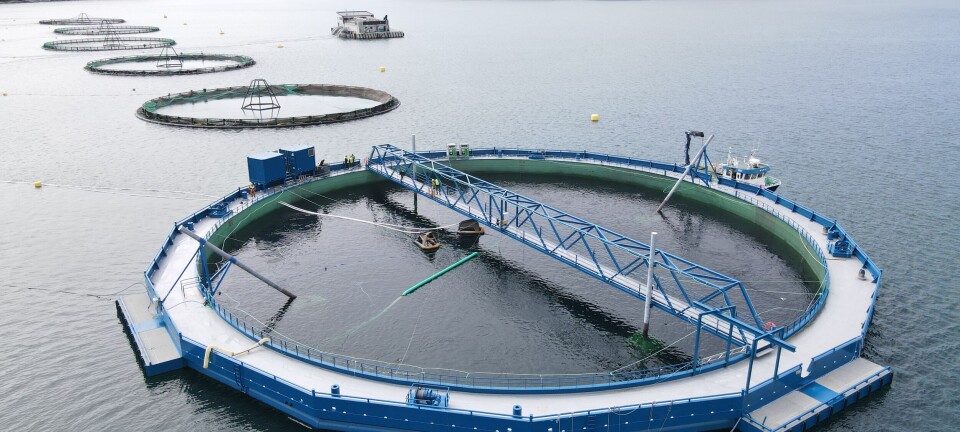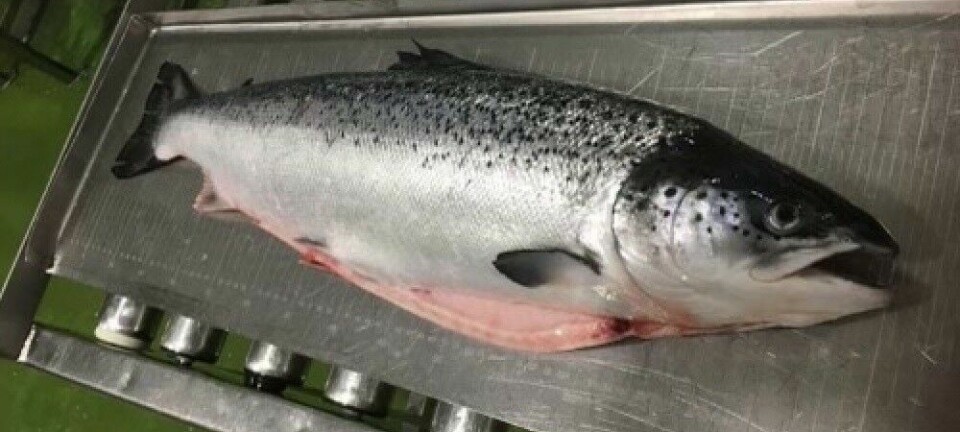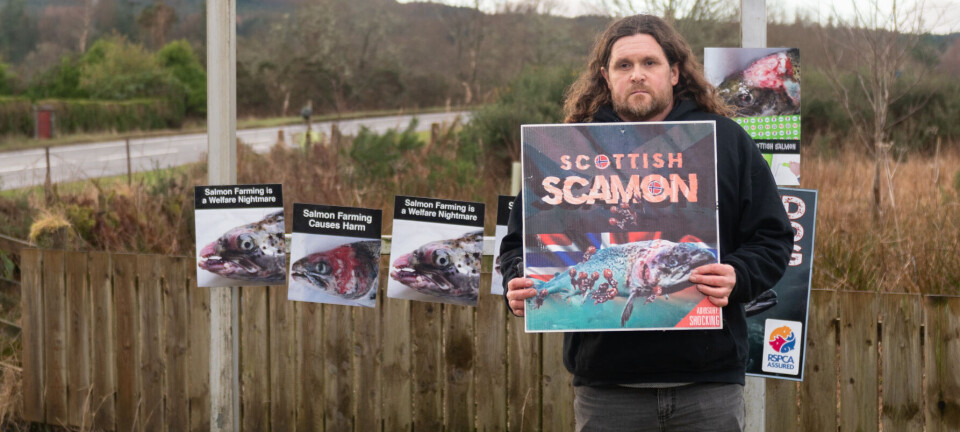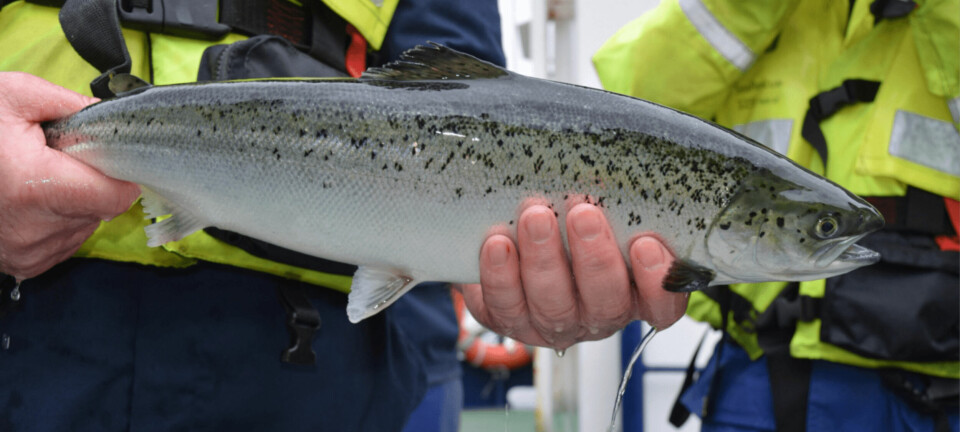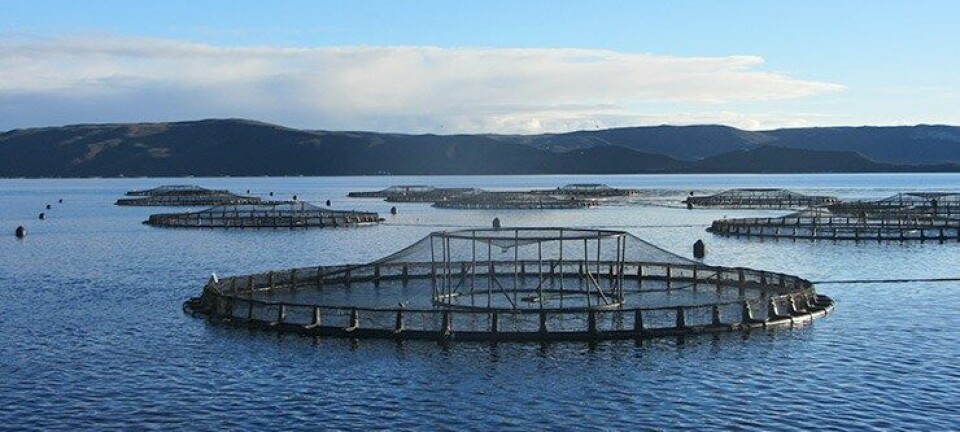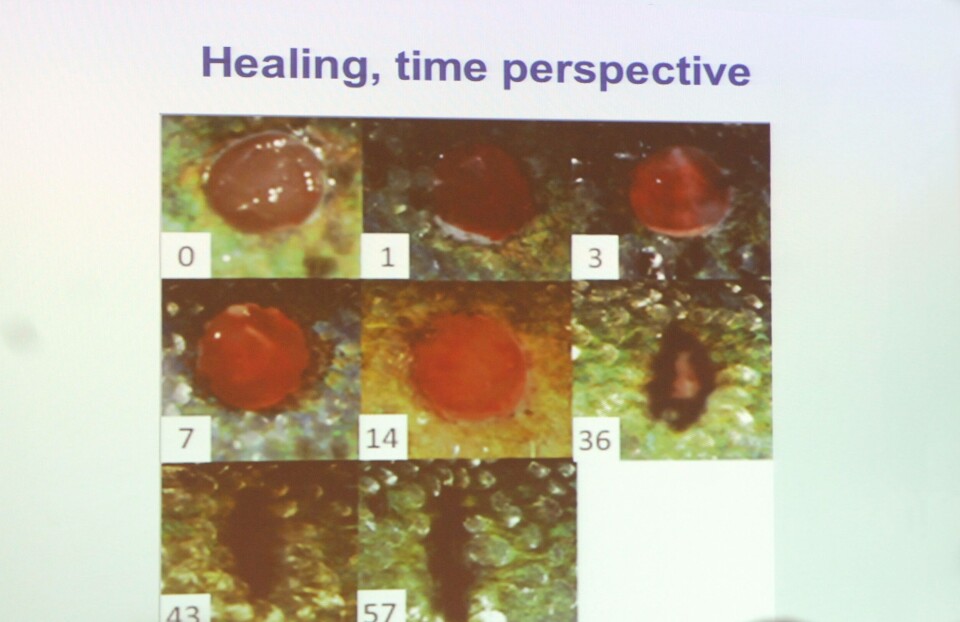
Stressed fish 'much worse at healing wounds'
Fish that are stressed, for example as a result of high density, are much worse at healing wounds than fish that have little stress, a study presented to the European Aquaculture Society conference in Dubrovnik, Croatia, has shown.
"Based on our findings, injured fish must be given time to heal as soon as the wound occurs, and stressful conditions such as intensive production conditions should be avoided," said Lene Rydal Sveen from Nofima.
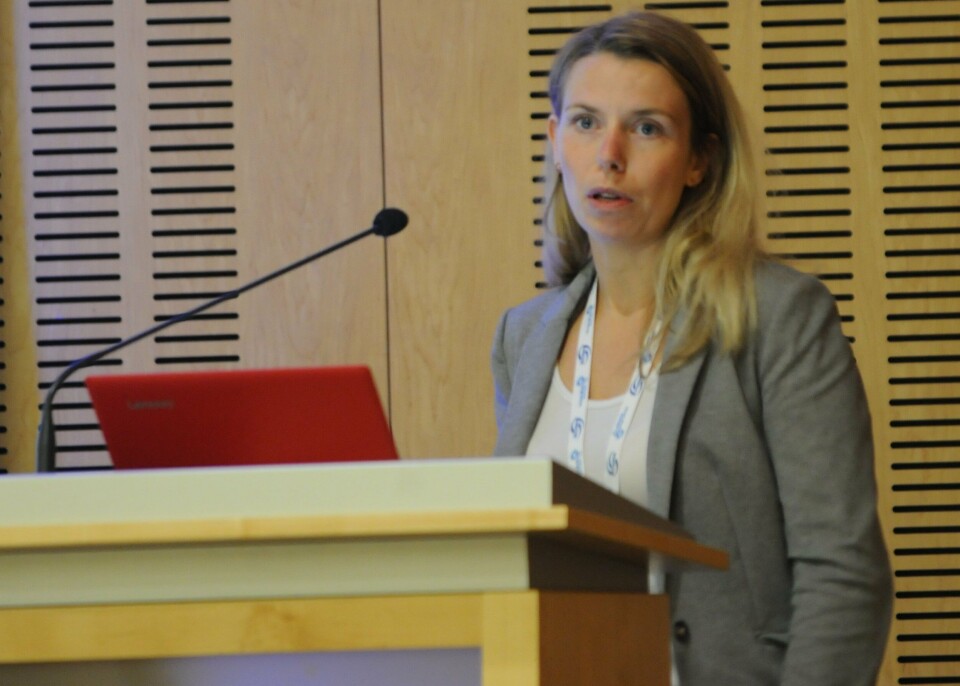
Sveen gave details of a study she and colleagues at Nofima and University of Bergen, with Cermaq as an industrial partner, has done to look at the effects of stress on wound healing. She pointed out that wounds are a major problem in Norwegian aquaculture industry, and conservative estimates claim that 1-2.5 per cent of farmed salmon die each year from cutaneous wounds.
Additional stress and skin damage
"It is therefore important to identify factors that affect wound healing, find methods for detection, and if you can, find out how to best manage the wounds," she said.
The scientist assumes that in future, higher intensity production will cause additional stress, which in turn can cause skin damage due to crowding.
"When we looked for a stressor we chose density. This is also based on the fact that we see more post-smolt production where the fish can have up to 125 kg / m³ against 25 kg in a cage in the sea."
Circular wound
The study used post-smolt of about 125 grams, which they made a circular wound on with an instrument normally used for biopsies. The researchers observed the fish for 57 days and witnessed what happened to healing, both physically and visually. They also measured the gene expression in fish in the two different regimes.
"One of the visually most striking [differences] was that the wounds of fish that were unstressed healed more in a manner where the wounds were oblong - up to four times longer than they were wide. In the stressed fish wounds remained circular until they were finaly covered with new skin and scales."
When researchers examined the gene expression they also found significant differences.
"Particularly in the first 14 days they were completely different between the two groups, a whole number of genes were upregulated in the stressed fish. These were genes involved in the immune response and tissue repair. This indicates that the early events in wound healing impacts later and more complex mechanisms in the healing process, such as contraction of the wound. The early stages of the healing process are particularly susceptible to interference and can change the normal development of wound healing."
Secondary infection
When the wounds were examined under the microscope, there were differences in inflammatory cells, connective tissue, the number of mucous cells and the pattern of cell division. The outermost layer of the skin of the wound was more uneven in the stressed fish.
"I would think this could facilitate a secondary infection in such wounds," said Sveen.
After seven days, there was a lot of mucus over the wounds in normal fish, while there was far less mucus over the wounds of the stressed fish.
"This is also not so good in terms of developing a secondary infection," said Sveen.
Immune response
After 14 days, it became clear that the new scales that emerged had started to mineralise, but this was not so in the stressed fish, where the change was not seen until 36 days.
"All this tells us that stress has a significant effect on wound healing, especially through the fact that stress affects many genes involved in the immune response. Based on our findings injured fish must be given time to heal as soon as the wound occurs, and stressful conditions caused by intensive production conditions should be avoided," concluded Sveen.




